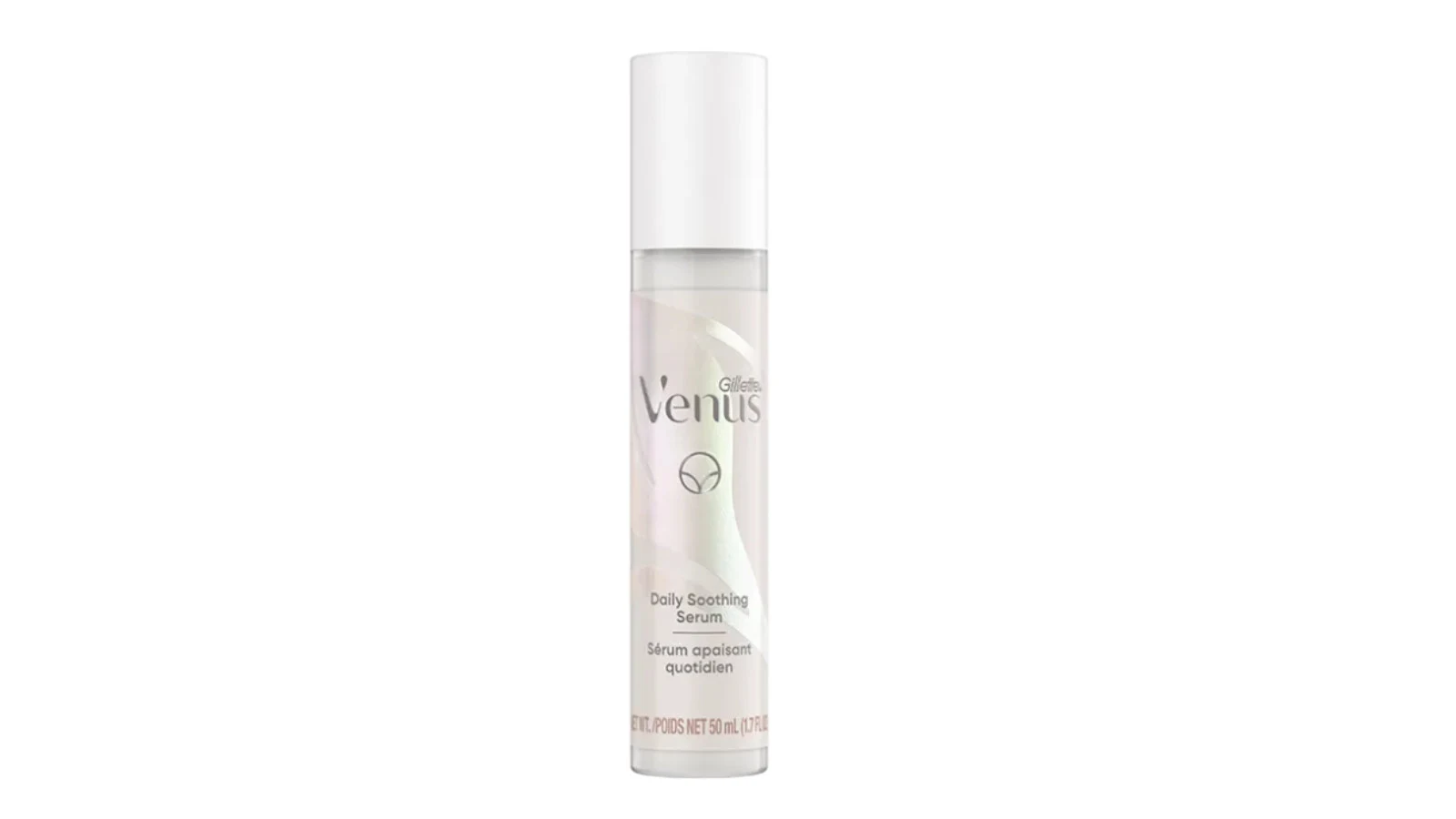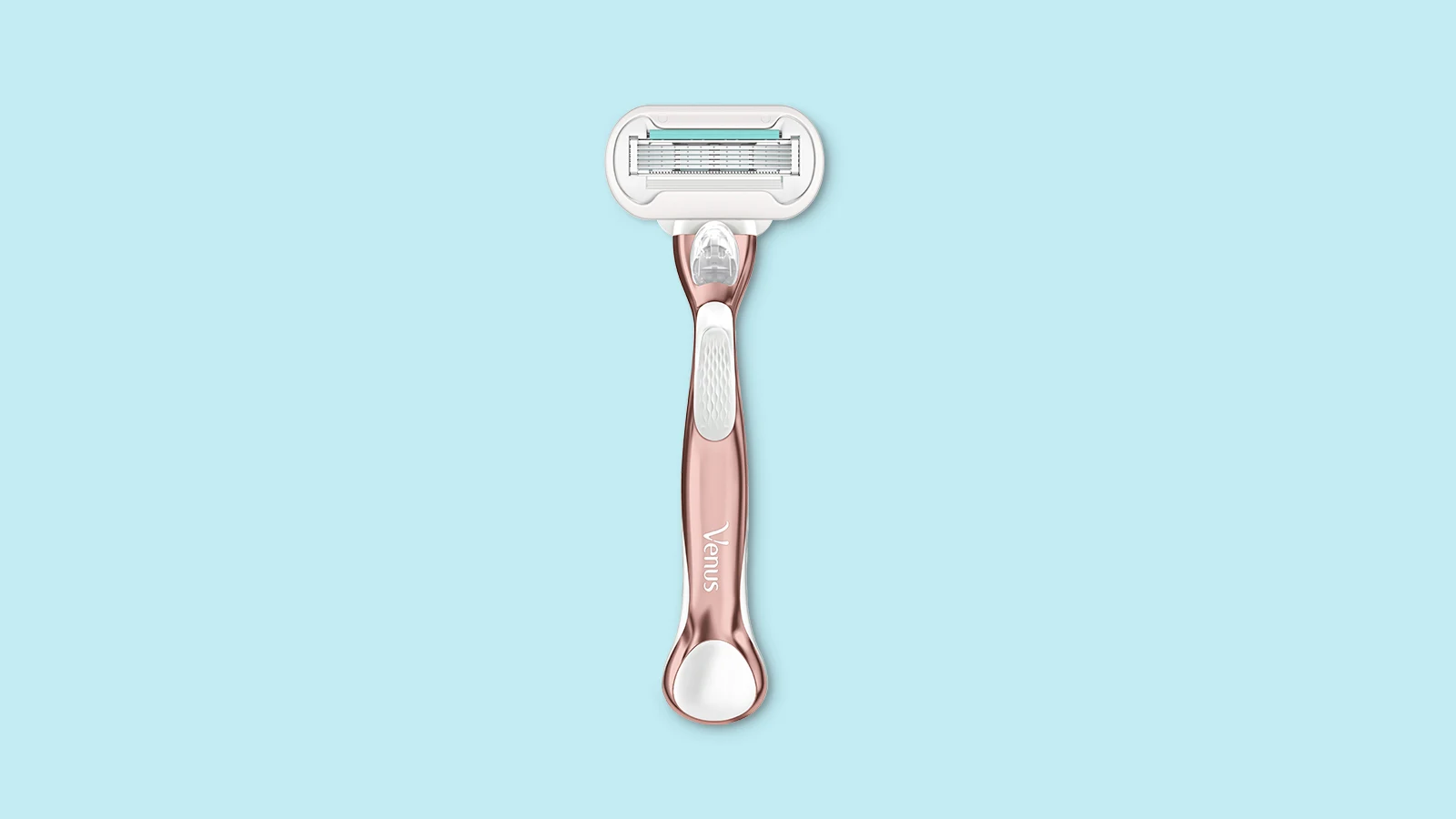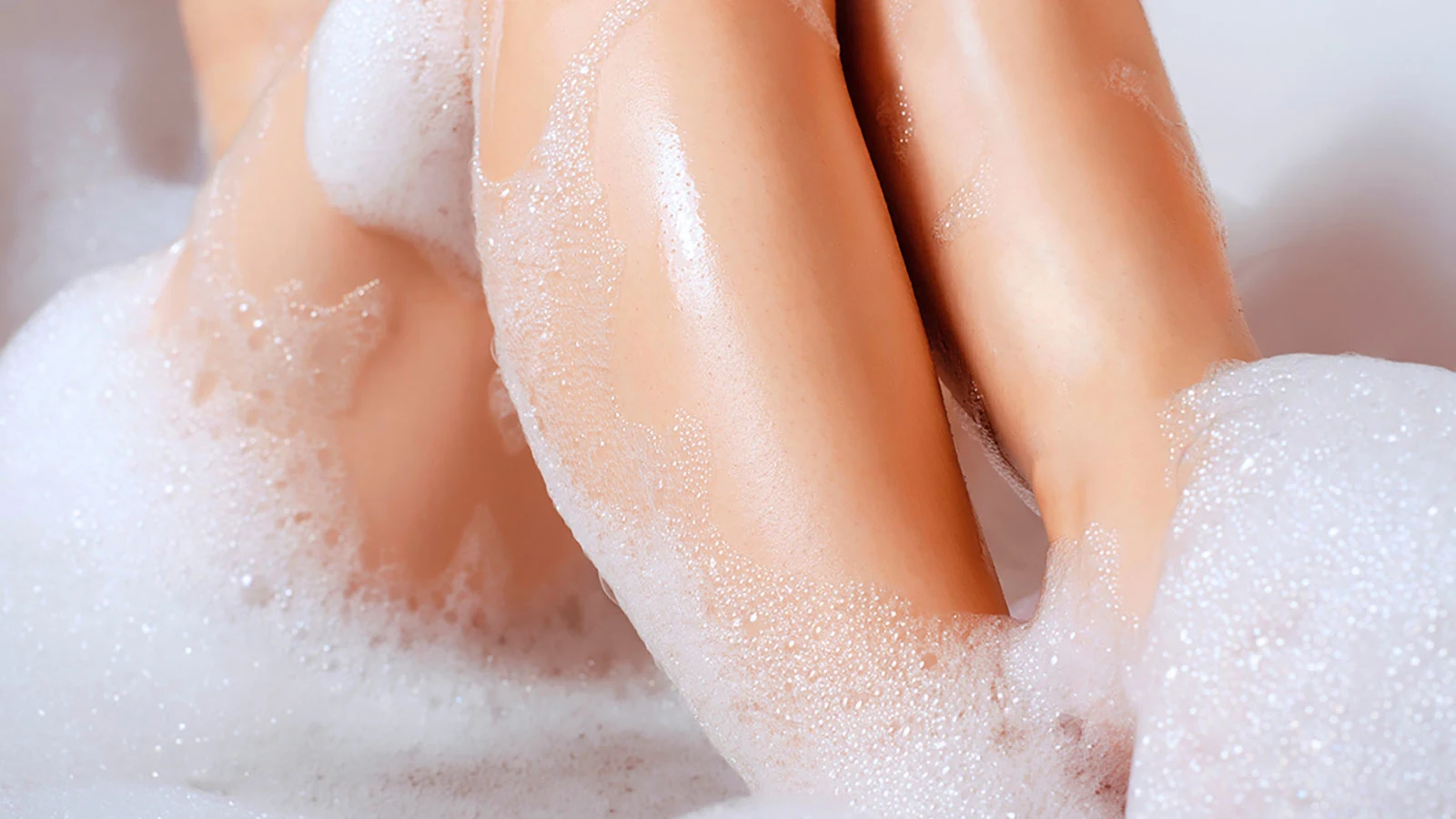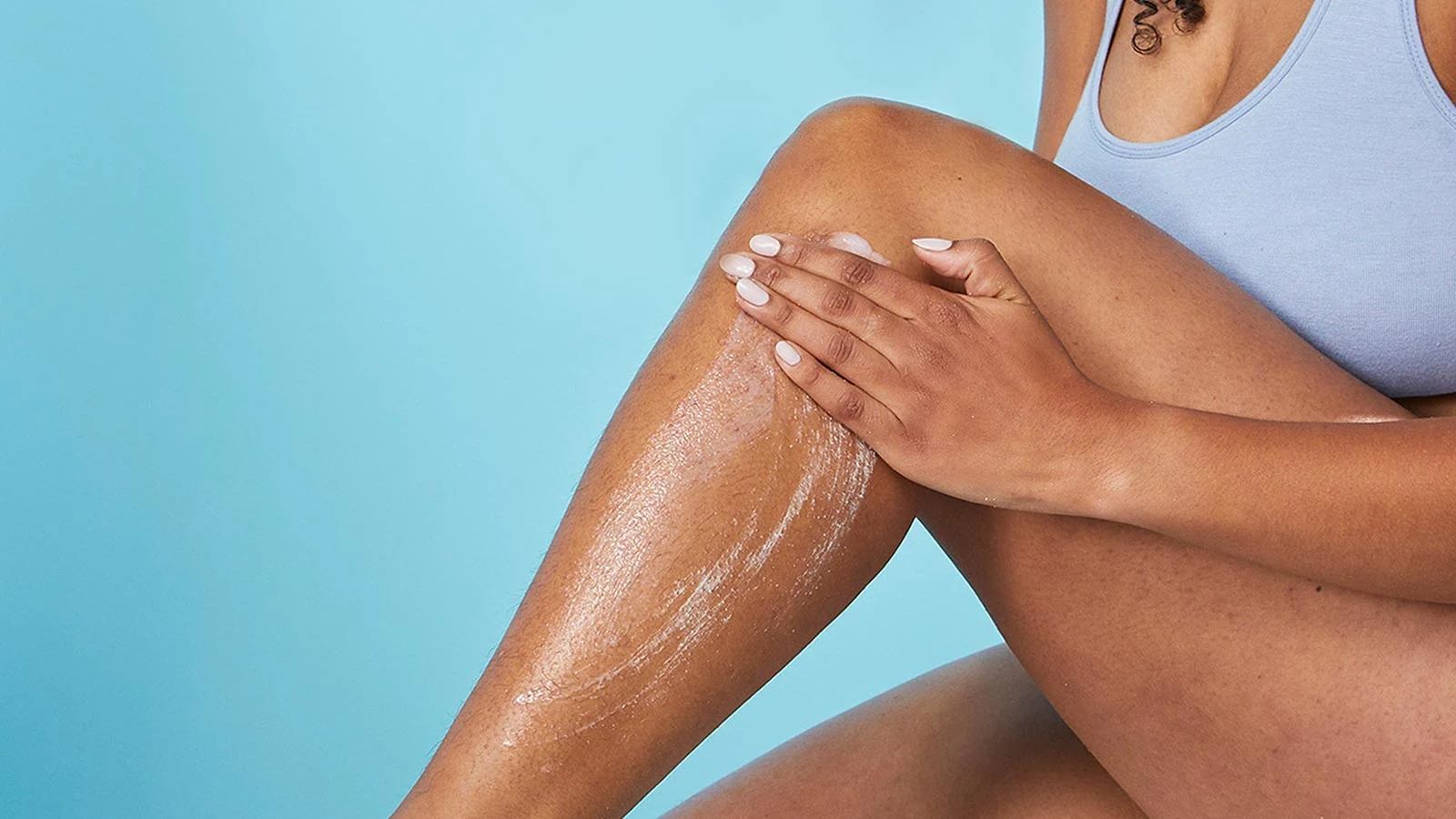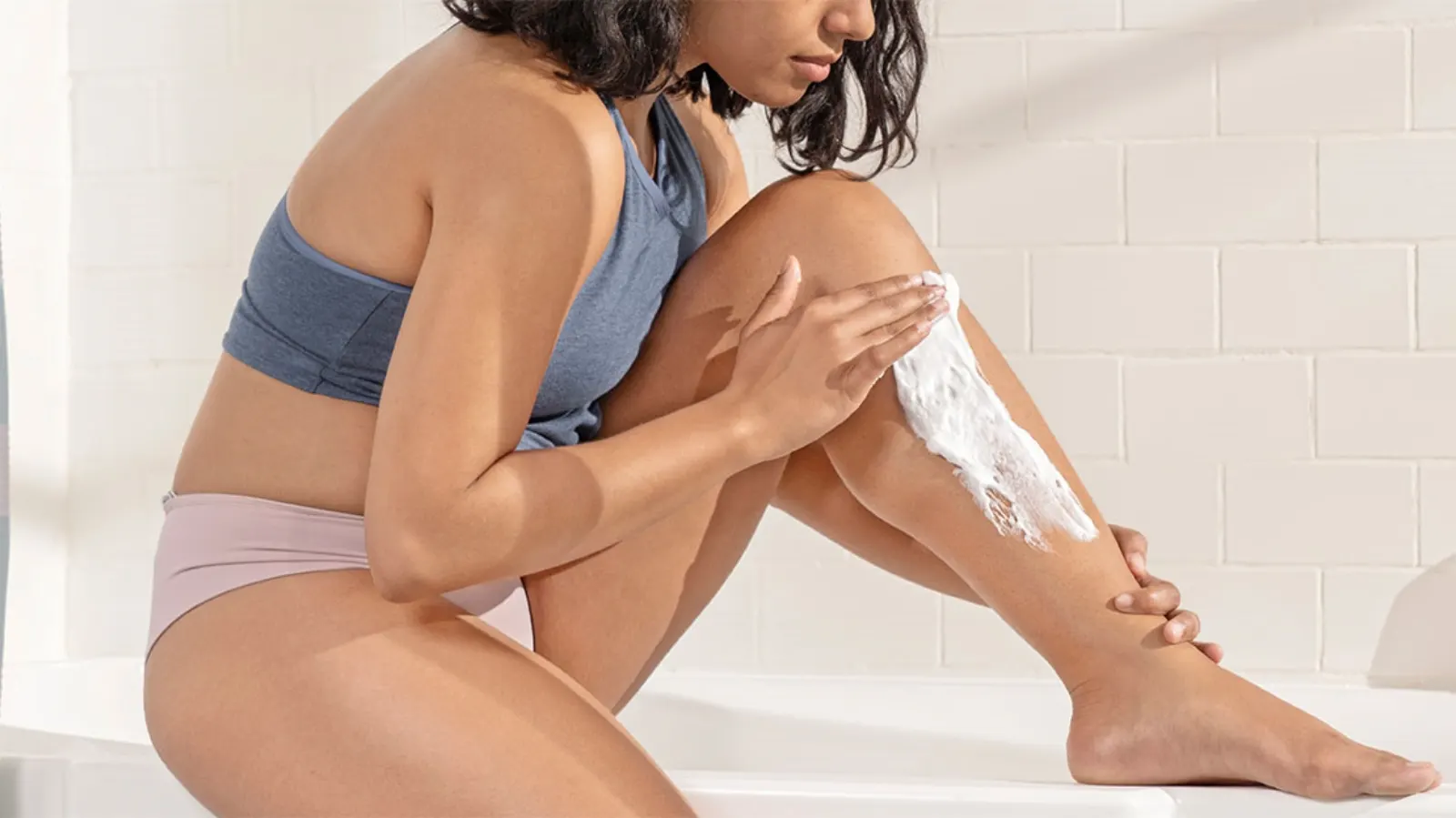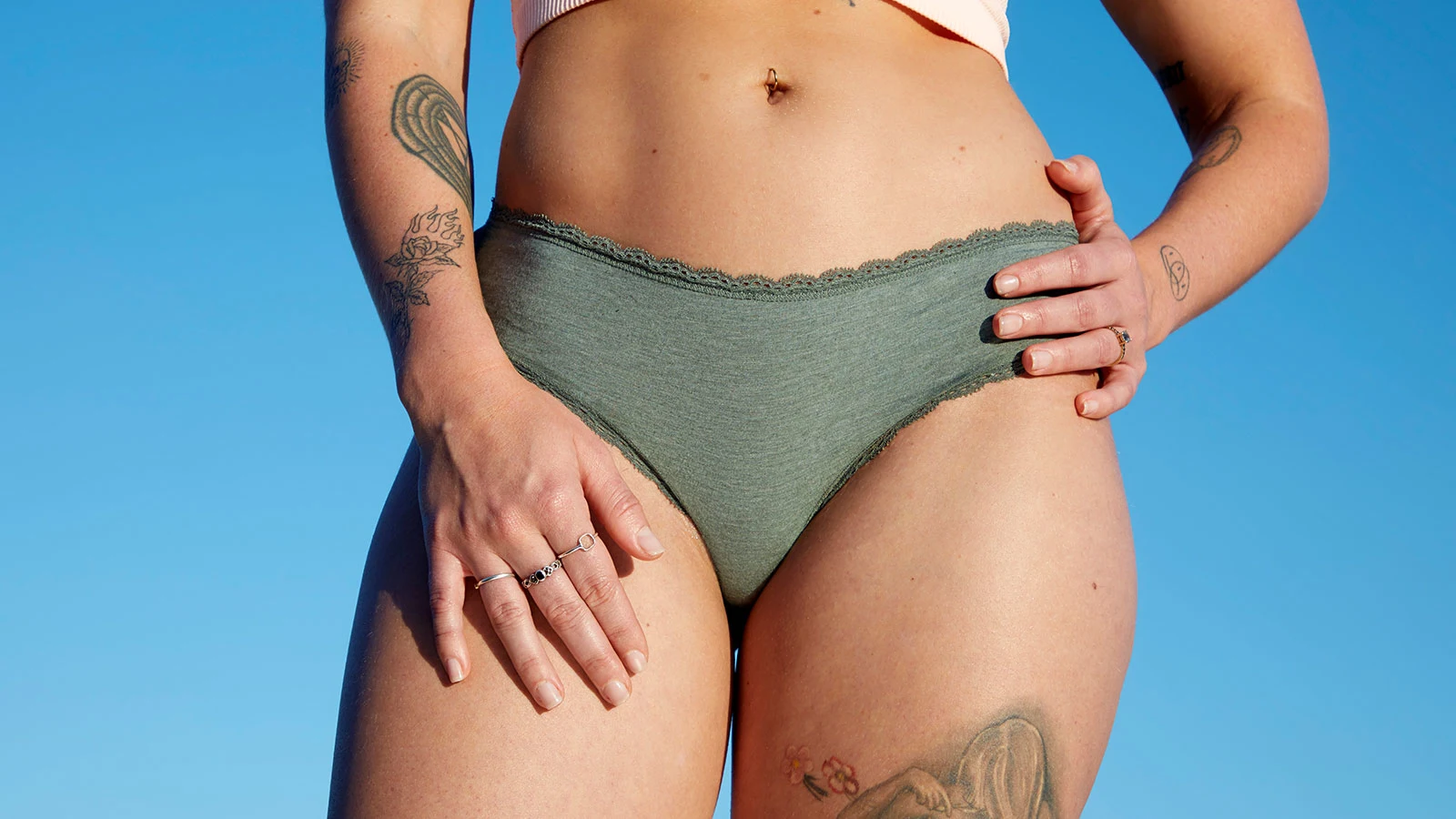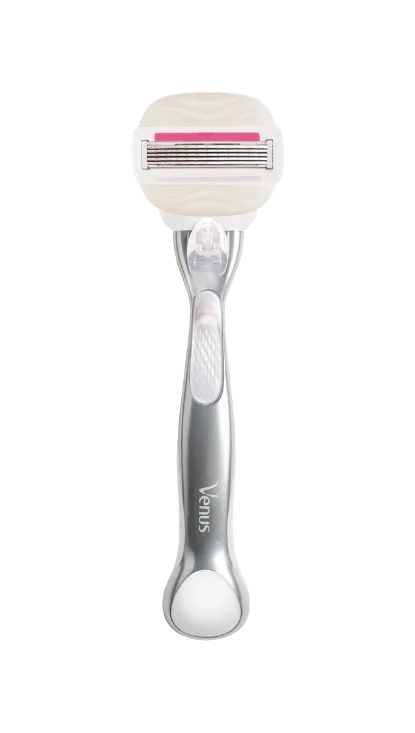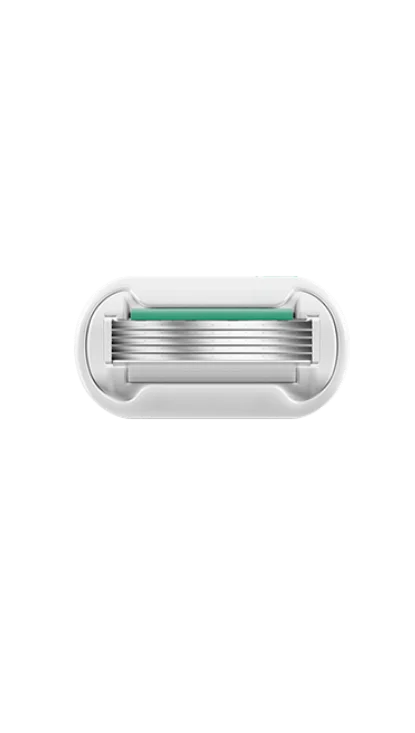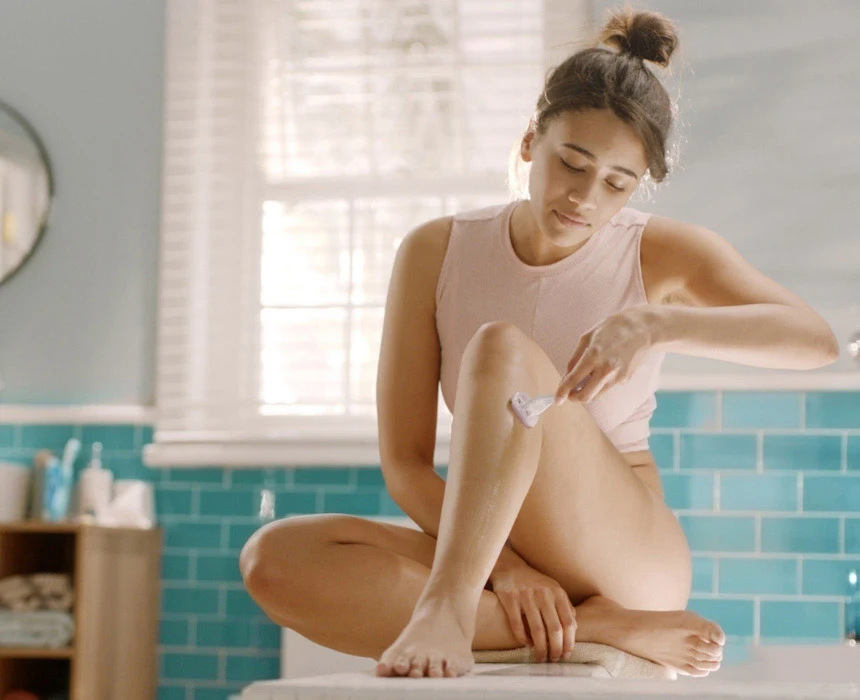Ever experienced ingrown hairs? This popular skin condition affects many people and can be exacerbated by hair removal. To find out what causes this condition and learn how to avoid ingrown hairs, read on!
Ingrown hairs: How to Remove and Prevent them

We all want healthy looking skin after shaving. However, shaving can also lead to razor burn, skin irritation and ingrown hairs. This can occur after you shave and is the result of cut hair curling back into the skin.
Ingrown Hair FAQs
How long does ingrown hair last?
Ingrown hairs usually heal within 1-2 weeks. However, there is no set time frame for how long it takes ingrown hairs to go away. Your skin type and how irritated your skin is both play key factors in the longevity of ingrown hairs. Likewise, the more you itch or disturb the area, the longer it can take to heal.
What are ingrown hair complications?
Usually, ingrown hairs will heal on their own. Rarely, ingrown hair complications may develop. Complications include scarring, infection and darkened skin. Some doctors claim ingrown hairs can also cause cysts. If you are worried about possible complications from ingrown hairs, contact your doctor.
Can you pop ingrown hair?
No, it is not recommended to pop ingrown hair cysts or tweeze the ingrown hair out. Doing so may increase the risk of scarring and infection.


